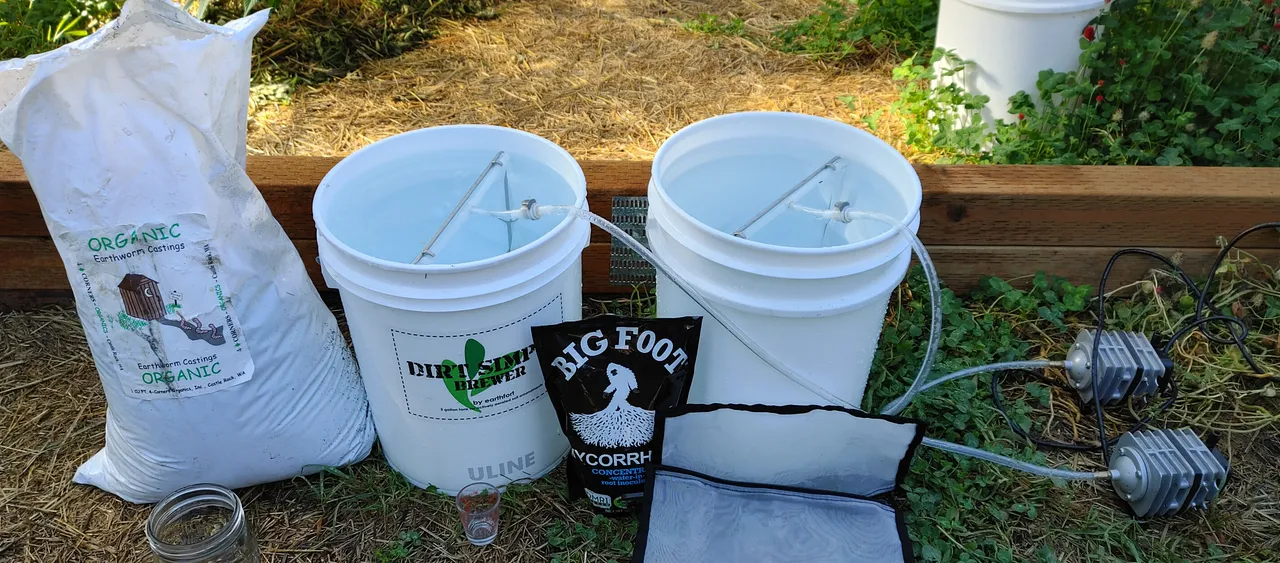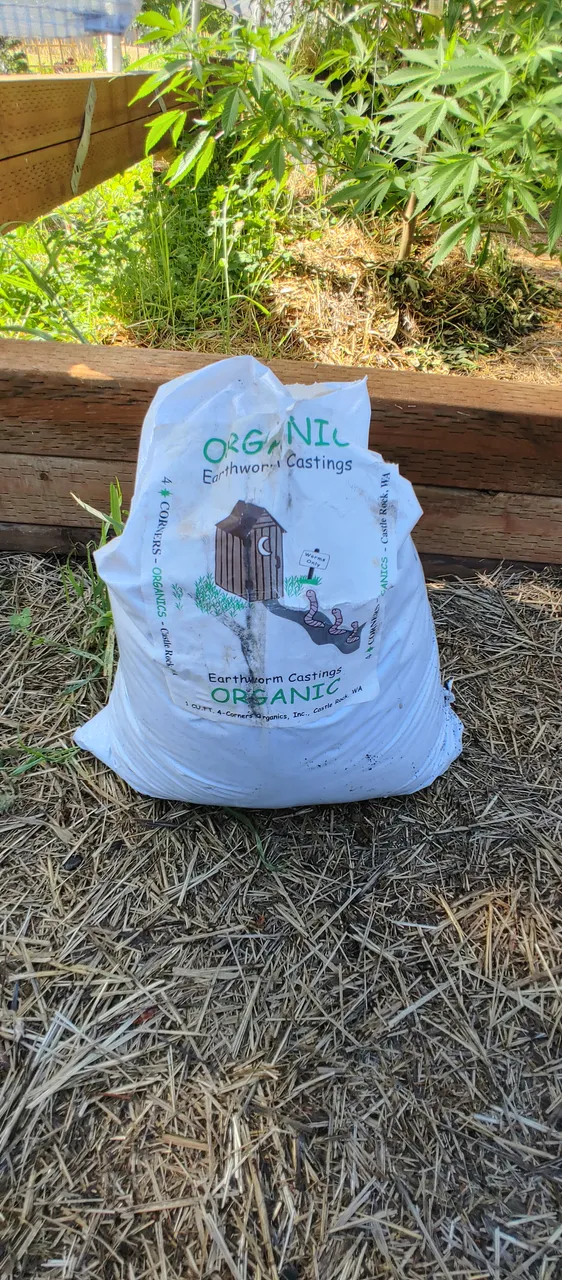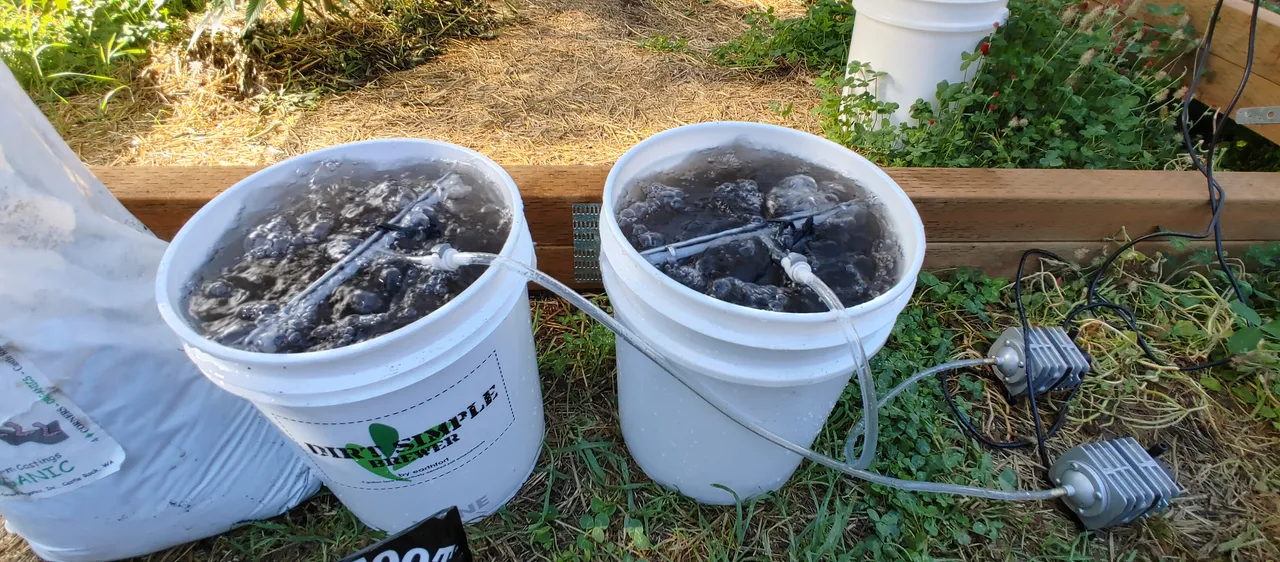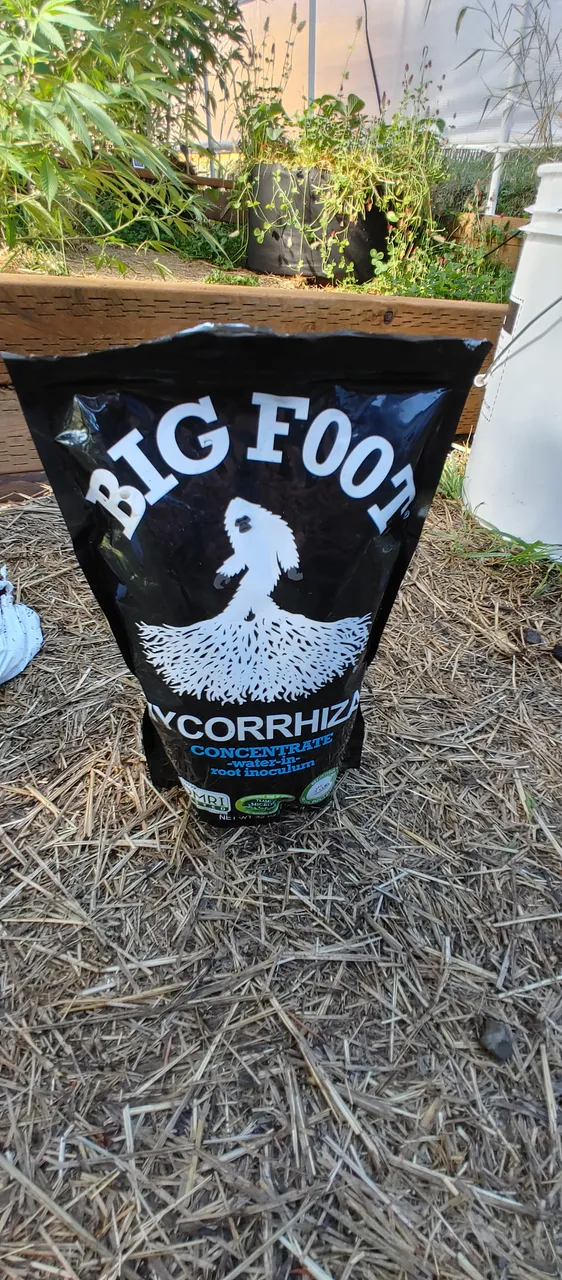Making Compost Extract

Making compost extract in all reality is a complicated thing when doing it according to the Soil Food Web specifications.
We need to first quantify the organisms in our soil for the plant we are growing, determine the succession of plant we growing ie row crops, leafy greens, trees, bushes etc. and then try to achieve the proper ratio of fungal to bacterial biomasses for the succession of plant being grown while also ensuring our compost extract has the biology in it that will provide what is lacking in the soil.
Today, I am not necessarily doing that. I am doing a simple compost extract with worm castings. No microscope work on them to be honest but smells good, nice water moisture and great results so far using them. Also, more so focused on nutrient cycling ie predator/prey reactions.

There are 2 ways to make a compost extract that I have learned from the soil food web school. One way is to use approximately 1-2 cups of compost/worm castings for a 5 gallon batch and gently massage the worm castings/compost into the water for five minutes using a cheese cloth or compost tea bag like in the video above. Note, the water should be de-chlorinated or have 1 drop of humic acid applied or as many drops as it takes to turn the water a light amber color. This is to make volatile chemicals like chlorine inert.
Another way is to brew for 15-30 minutes with a tea brewer. I added a mycorrhizae product called Bigfoot at the end, which has mycorrhizae, kelp, humic acids and biochar in it. Also, the brewer featured in the video is from a company called Earthfort


Each Plant got 5 gallons each of the compost extract. This is our main way to feed the plants in the food garden too, which takes all day literally to do.